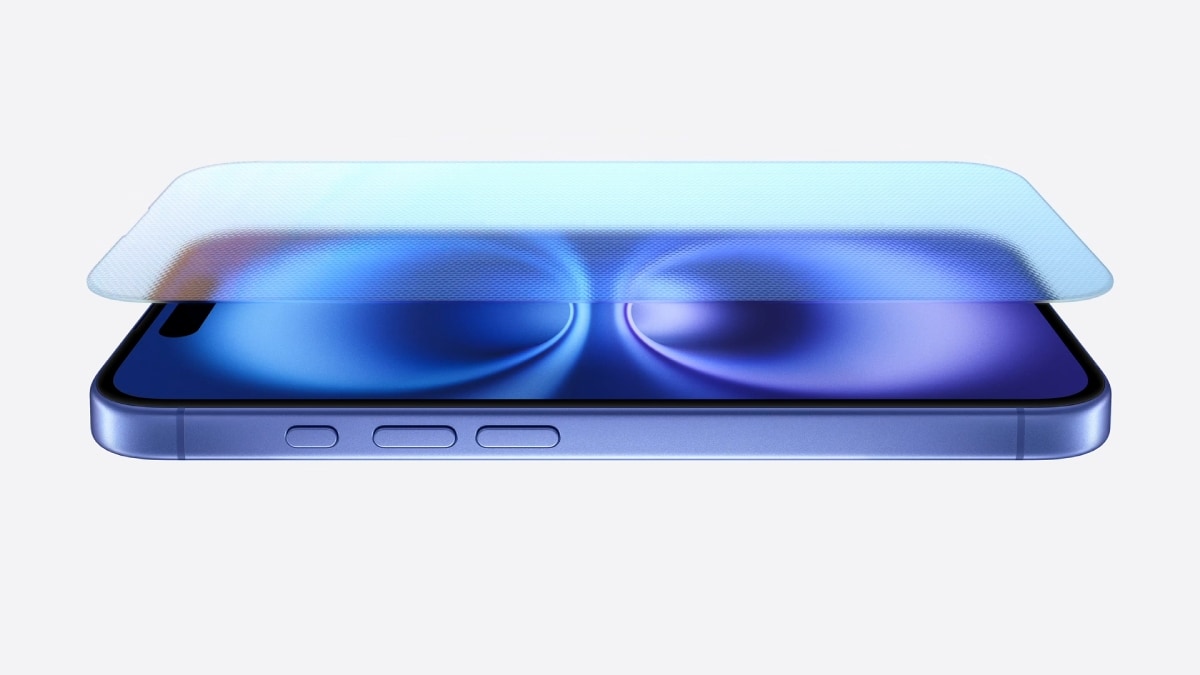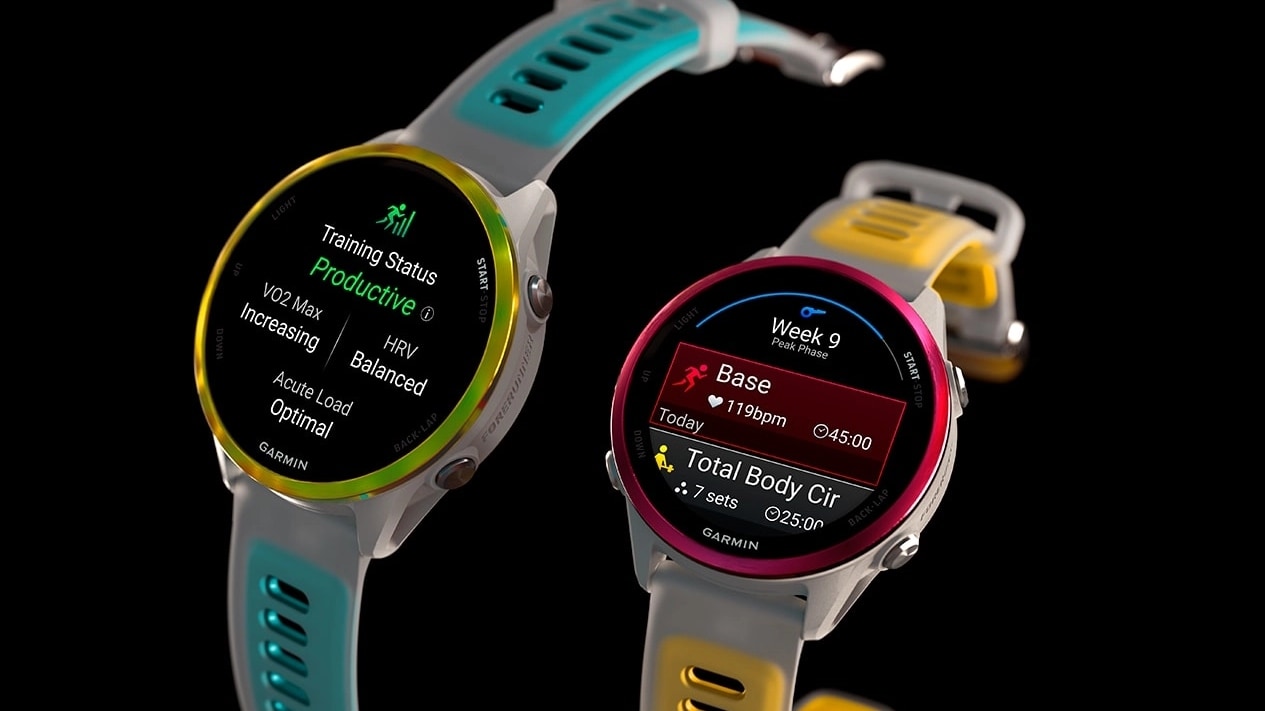Earlier this year, Meta announced Aria Gen 2 as a research-focussed wearable device and the successor to 2020’s Project Aria. The company has now taken a deep dive into the technology which powers the second generation of the AI and ML-powered smart glasses. It comes with a number of improvements compared to the first generation model, featuring upgraded sensors, hand and eye tracking systems, and a photoplethysmography (PPG) sensor just like the Apple Watch.
According to Meta, the Aria Gen 2 maintains its lightweight design, weighing between 74-76g. The smart glasses are said to boast improved wearability and comfort, with folding arms for more convenient storage and transport. It is available in a total of eight size options for different face morphologies, accounting for factors like head width and nose bridge variations.
The smart glasses’ global shutter camera sensor can capture a high dynamic range of 120dB compared to 70dB on the first generation model. Meta claims this helps the computer vision work across varied lighting conditions. Further, it has been equipped with four computer vision (CV) cameras with a wider field of view to power advanced 3D hand and eye-tracking capabilities. The Meta Aria Gen 2 also increases stereo overlap from 35-degree on the first-gen model to 80-degree. This is said to facilitate stereo-based foundation and models which increase spatial awareness and depth perception.
Sensors on the Meta Aria Gen 2 Glasses
Photo Credit: Meta
The standout features on the smart glasses are their hand and eye tracking capabilities. They leverage a camera-based eye-tracking system that tracks the wearer’s gaze and provides information such as gaze per eye, vergence point, blink detection, and pupil diameter. Meta says this can potentially improve human-computer interaction and understand the wearer’s visual attention. Meanwhile, the Aria Gen 2 can track a hand in 3D space and produce hand-joint poses in the frame of reference. As per the company, these enable precise manual labelling of datasets for applications such as dexterous robot hand manipulation.
Aria Gen 2 Glasses come with the following hardware:
- 12-megapixel RGB camera
- Four Computer Vision cameras
- Ambient light sensor
- Seven spatial microphones
- Accelerometer
- GNSS
- Barometer
- Stereo speakers
- Privacy switch and volume control
- USB Type-C port
Aria Gen 2 also takes advantage of Visual Inertial Odometry (VIO) to detect glasses in six degrees of freedom (6DOF) within a spatial frame of reference. It is said to aid in contextual AI and robotics by allowing for navigation and mapping of the environment. These features are powered by advanced on-device machine perception algorithms that run on Meta’s custom coprocessor.![]()
The smart glasses carry an improved suite of sensors. This includes a calibrated ambient light sensor, which has better control algorithms which work even at low frame rates. It comes with an ultraviolet mode that can distinguish between colour and indoor lighting. Meanwhile, there’s a contact microphone embedded in the nose pad of the smart glasses for capturing audio. The nose pad also features a PPG sensor that can accurately detect the wearer’s heart rate.
Despite these upgrades, the Aria Gen 2 Glasses are claimed to serve only as a “testbed” in the development of advanced smart glasses and they won’t be commercially available. It is aimed at researchers and Meta’s partners, companies like BMW and universities including Carnegie Mellon, IIIT Hyderabad, and the University of Bristol.






